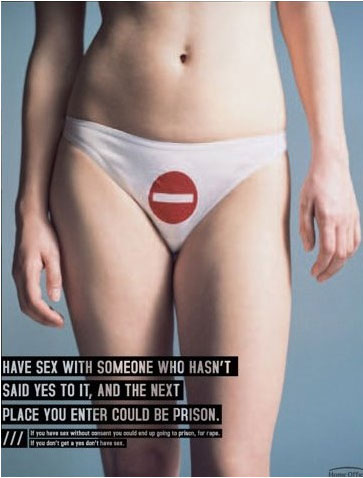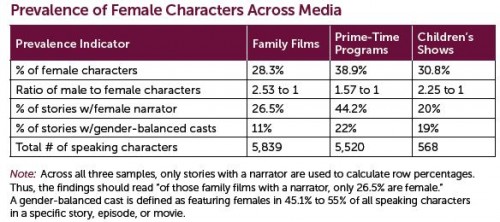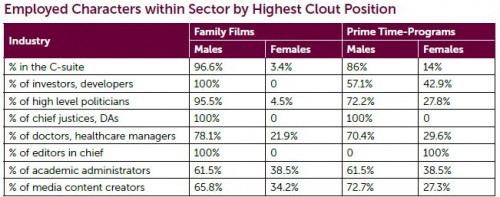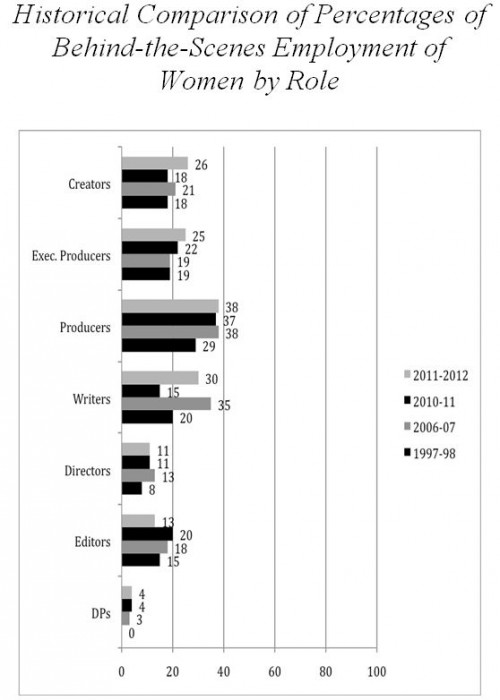Re-posted to add to the discussion about sexual assault in the aftermath of the Steubenville rape trial, the Senate hearing on rape and harassment in the military, and the controversy at Occidental College.

Nizam A. sent in a rather stunning two-minute, 15-second clip put together by Media Matters. It is a montage of the use of rape as a metaphor by right wing pundits (trigger warning). To be fair, I don’t know if a similar video could be made using left wing pundits, so it may be best in comments to stick to a conversation about the metaphor itself.
Why it this such a popular way of talking about the world?
How does it work? Does the metaphor, given that we think of rape as a crime that men do to women, feminize and masculinize? Or is it about a gendering of the very notion of violation and vulnerability? So are these pundits trying to transfer listener’s beliefs about protecting women and girls to other categories (e.g., the rich and the people of New York)?
Does using it as a metaphor give more power to, or trivialize and make invisible, actual rape?
Is there not some irony in how frequently we use it to describe something horribly violating, given the high rates of rape in the U.S., the frequency of non-reporting, our dismal treatment of victims, and the wildly low incidence of trials and convictions?
See also our post on violent metaphors, including rape.
Lisa Wade, PhD is an Associate Professor at Tulane University. She is the author of American Hookup, a book about college sexual culture; a textbook about gender; and a forthcoming introductory text: Terrible Magnificent Sociology. You can follow her on Twitter and Instagram.
































